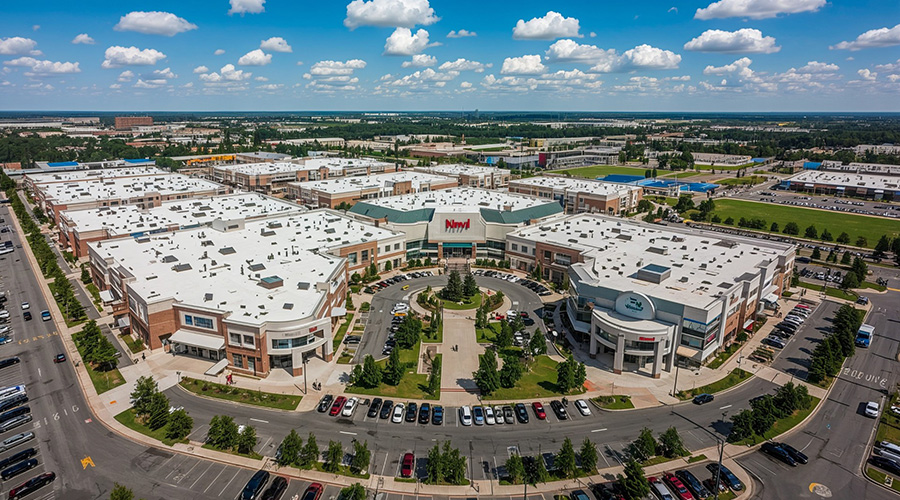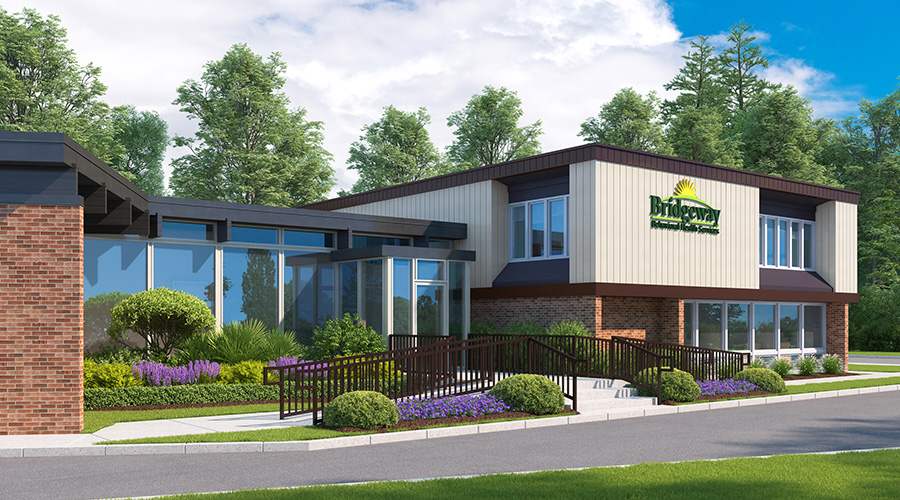The Boston Marathon bombings tested the disaster response plans of the Boston Medical Center and Massachusetts General Hospital, as well as other local hospitals.
In the immediate aftermath of the bombings, the hospitals had to determine whether to go into lockdown. There were concerns that the hospitals might be targets for other bombs and that the bombers themselves might be among the patients being brought into the hospitals. Massachusetts General Hospital decided not to lock down. The hospital’s director police, security and outside services cited potential problems with lockdowns, which she said can sometimes create “an illusion of security.”
Boston Medical Center went into a state it called “controlled access,” barring most visitors and shutting down some buildings.
A recent article in Campus Safety described other challenges that emerged in the days following the bombings. One was visits by high-profile guests, including President Obama, who visited Massachusetts General a few days after the bombings. In that case, hospital security staff worked closely with the Secret Service and law enforcement groups to ensure that employees were screened when that step was needed. Among the steps taken was shutting down the video surveillance system because of the risk that someone might try to hack into the system.
The bombings occurred on Monday, April 15. On Thursday, the bombers killed a security guard at Massachusetts Institute of Technology, leading to a shutdown of the city, including mass transit. Thousands of Massachusetts General employees couldn’t get to work, so the hospital had to ask other employees to work overtime to fill in for those who couldn’t get in.
Both hospitals say that vulnerability assessments and emergency response measures, which included drills for mass casualty events, planning for staffing pools and patient surge, and yearly training with local law enforcement groups, played an important role in helping them handle the bombings.
Read the article.

 Healthcare Is the New Retail
Healthcare Is the New Retail Bridgeway Behavioral Health Services Launches Campaign to Renovate Health Center
Bridgeway Behavioral Health Services Launches Campaign to Renovate Health Center Ground Broken for New North Dakota State Hospital
Ground Broken for New North Dakota State Hospital AI Usage for Healthcare Facilities
AI Usage for Healthcare Facilities Ground Broken on Pelican Valley Senior Living Modernization Project
Ground Broken on Pelican Valley Senior Living Modernization Project